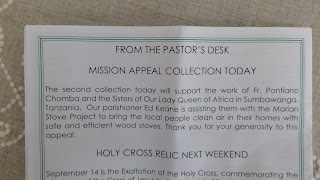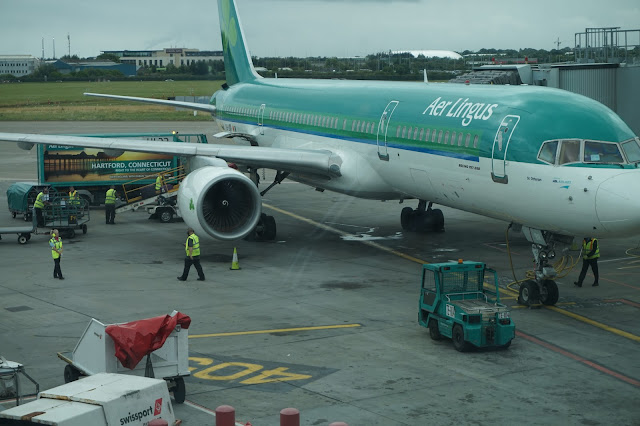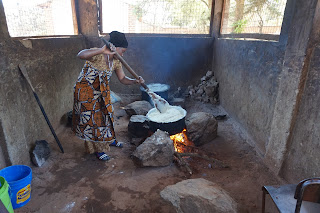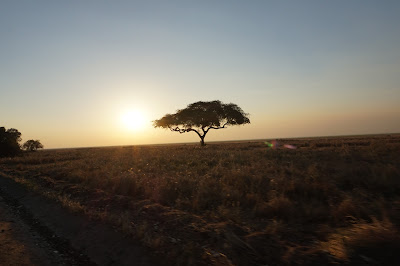After following our travels on Facebook and through this blog lots of people have asked how they can help. I hesitate to do this, but the fact is, as Americans, the biggest help we can be to Father Chomba, the Stove Team, Kizungu Village, the Orphans, the girls effected by the fire at St Thersias, and all the other needs in this small corner of the world is to send them direct aid. The needs are massive, but that should not stop any of us from trying. While we were in Sumbawanga we set up a small personal bank account so we can transfer money directly to Father Chomba. He has access to the account and can withdraw funds at any time for any charitable mission he sees fit. Father has assured us that if we want aid directed towards a specific need, he will pass the money on to that person or entity. If you leave a donation without strings attached, Father will assume it is in the "General Fund". Most of the money in the General Fund will be used to ...








